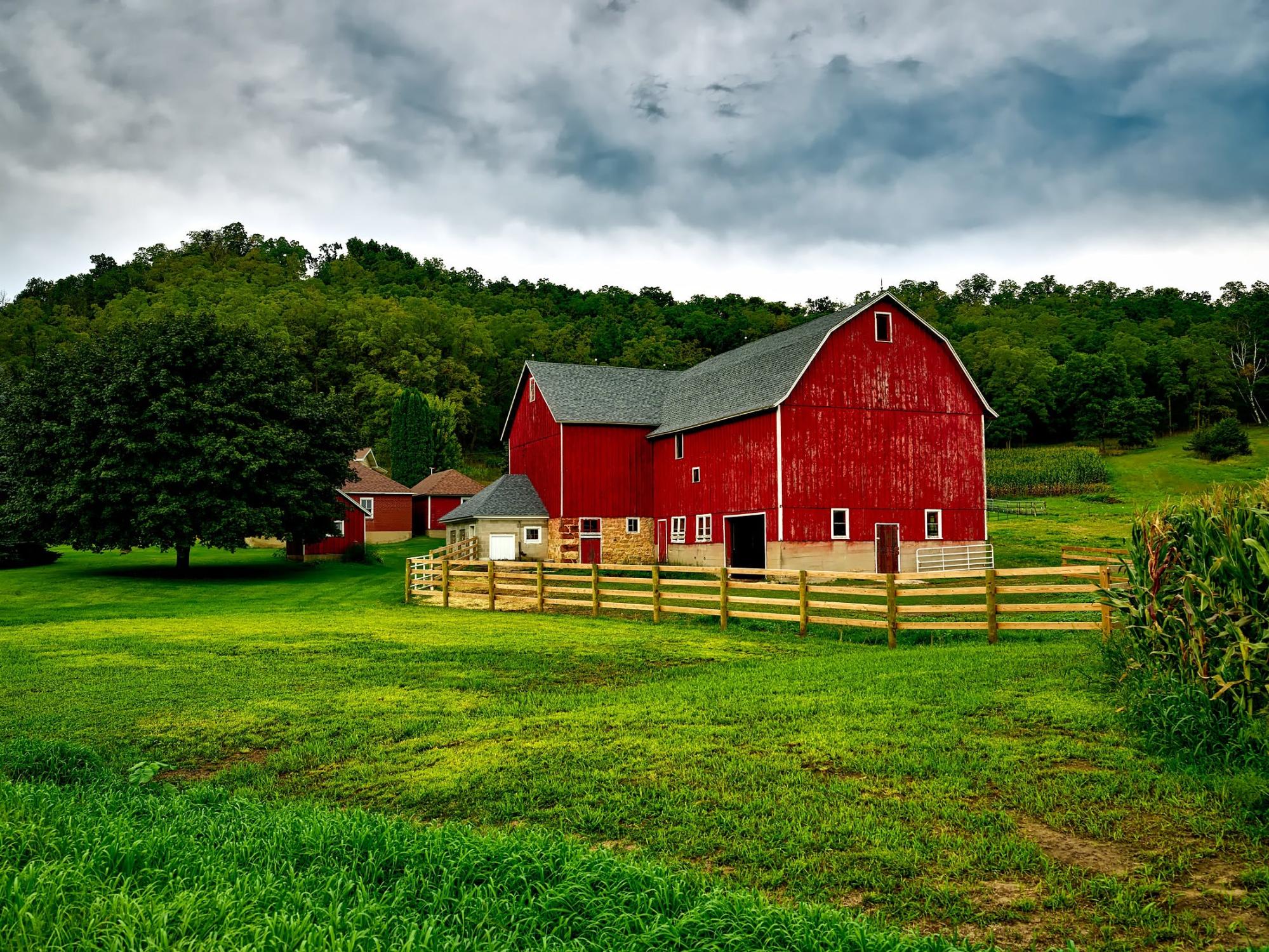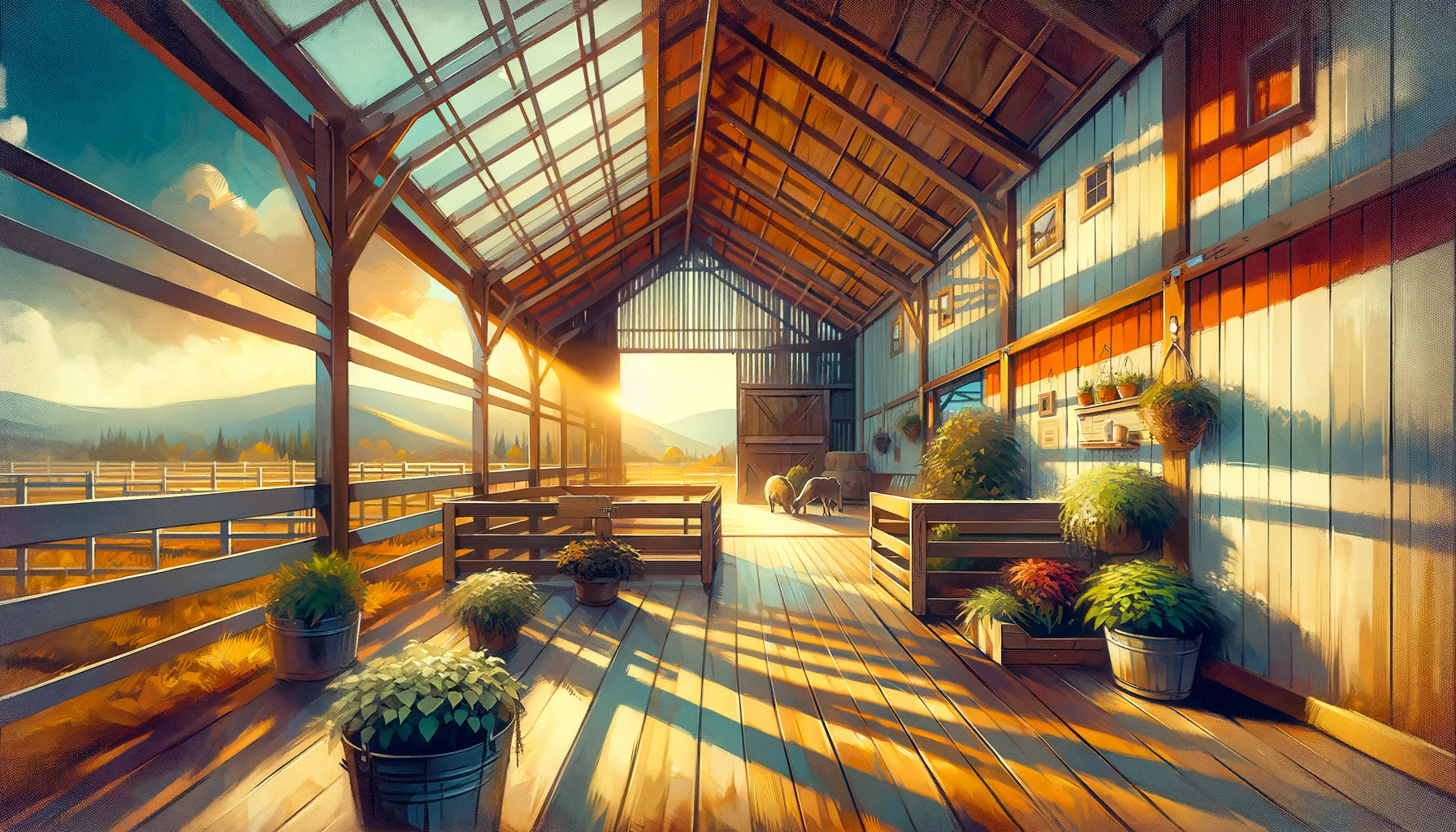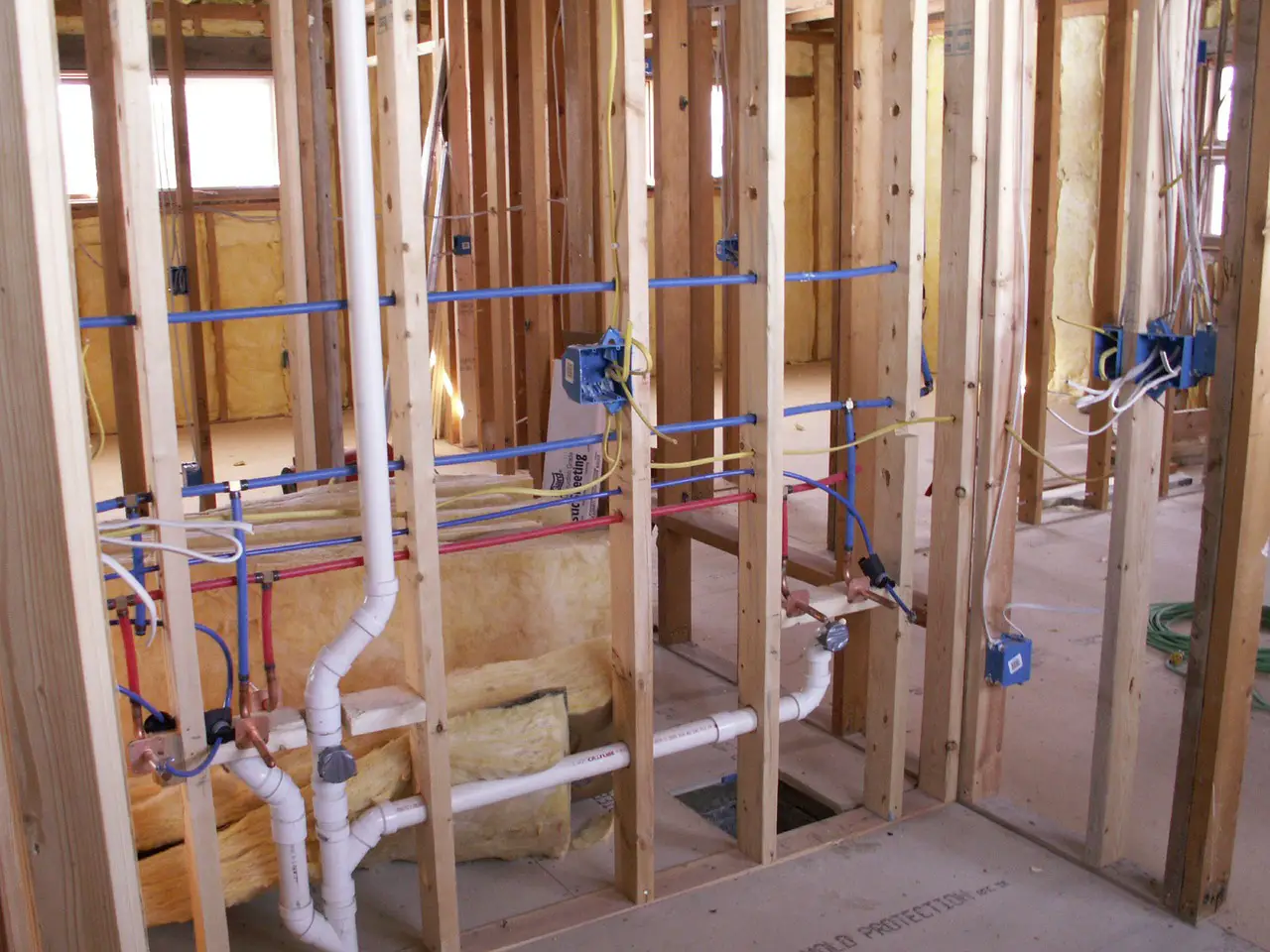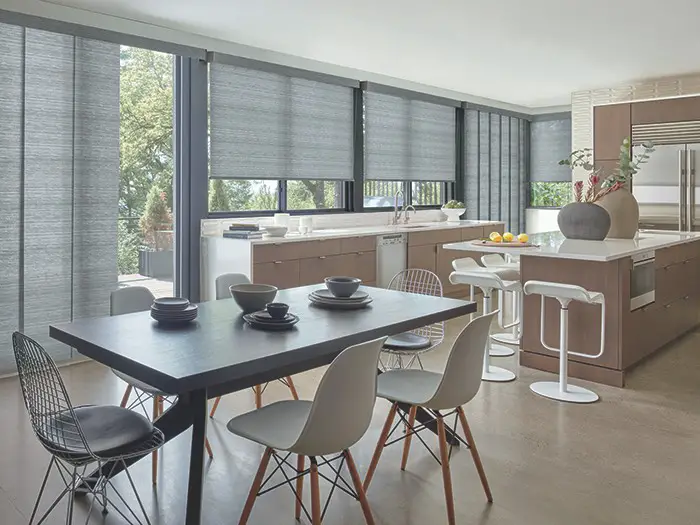Whether you’re a seasoned farmer or taking your first foray into agrarian life, setting up the perfect barn can be both an exciting and daunting task. It’s not just a shelter for livestock or storage for hay. It’s a hub for action, a fortress of efficiency, and sometimes a quiet sanctuary for both farmers and animals alike. In this article, we’ll trot through some stellar tips that ensure your barn is not only functional but also a joy to work in. From the glow of proper lighting to the warmth of effective heating, we’ll open the barn doors to ingenious planning and organizational strategies without riding into the realm of commercial product endorsements.
Maximizing Natural Light
Let there be light! A well-lit barn is vital not only for daily operations but also for the well-being of its inhabitants. Make use of large windows and skylights to flood your space with natural light, reducing the need for artificial lighting and providing a cheery, productive environment. Strategic placement of reflective surfaces can also amplify this ambient light, ensuring every corner is bright without an overwhelming glare.
Electric Enlightenment
As the sun sets, your barn doesn’t have to return to the dark ages. LED lighting offers a bright and cost-effective solution for barn interiors. Ensure that light fixtures are dust and moisture-resistant, and appropriately rated for agricultural environments. Lighting should be evenly spaced to prevent shadow spots, which can be both hazardous and unhelpful during your nightly rounds. For more details and options, you might explore LED barn lighting to find fixtures that suit the diverse needs of your rural enterprise.
The Art of Supply Storage
Organization mavens, rejoice! Proper supply storage is key to a functional barn. Sort supplies into categories and use a consistent labeling system. Implement freestanding shelves and wall-mounted organizers to maximize space, keeping the floor clear and accessible. Consider the frequency of use when determining locations, ensuring that everyday items are at hand while seasonal ones can be stored out of the way.
Clime Control: Heating Your Haven
Keeping your barn warm during the shiver-inducing months is crucial. Insulation is the unsung hero here—investing in good insulation conserves heat and saves energy. For temperature regulation, passive solar heating can be harnessed by design features such as south-facing walls and thermal masses. Additionally, good ventilation systems prevent moisture buildup and maintain a healthy atmosphere for both animals and humans.
Zone Analysis: Designated Areas for Different Uses
Just as a castle has its great hall, kitchen, and armory, your barn should have clearly defined areas. Designate zones for different activities—feeding, grooming, milking, or storage—and set up each one for maximum efficiency. A separate area for handling sick animals is also a prudent feature. Ensure pathways between zones are wide and clear to facilitate easy movement of animals and equipment.
Workspace Wonders
An ergonomic workspace is key to a joyful barn experience. Set up workbenches at appropriate heights to prevent backaches and knee pain. Consider natural flow in the barn and set up workstations in a way that complements daily chores, creating a seamless routine that feels like a barnyard ballet, not a clumsy clog dance.
Digitizing the Barnyard
Incorporating technology into the rural mix can optimize your barn setup. Automated feeding systems, climate control, and security cameras are just a few of the technological tools that can bring efficiency and peace of mind to a modern barn. Smart devices can provide remote monitoring and control, giving you more freedom and flexibility in managing farm operations.
Bracing for the Elements: Weather Preparedness
The power of nature can bring even the mightiest barn to its knees. Preparing for extreme weather conditions is essential. Reinforce structures where necessary, secure loose items, and have a plan in place for rapid response to severe weather alerts. Proper drainage systems around the barn will also prevent water pooling, avoiding potential damage to foundations and landscapes.
Sanitation and Biosecurity
Keeping your barn clean is not just about aesthetics; it’s about health and biosecurity. Regular cleaning routines, proper waste disposal systems, and disinfection protocols will help prevent the spread of disease. Establishing a biosecurity plan that includes quarantine zones and visitor control can also play a critical role in maintaining a healthy barn environment.
Community and Education
A barn can be a place of learning and community. Consider setting up spaces for educational workshops or farm tours. This encourages community engagement and helps to foster an appreciation for agricultural life. Sharing your expertise can inspire the next generation of farmers and cultivate a deeper connection with your local community.
Final Thoughts

A barn is much more than just a building; it’s the beating heart of your farmstead. A perfect barn setup marries practicality with comfort, ensuring both humans and beasts enjoy productivity and peace. We’ve covered lighting, supply storage, heating, strategic planning, and the integration of modern technology as key ingredients in the rural recipe for success. With these tips, you’ll trot confidently toward creating a barn that is not just good, but neigh, perfect! May your barn be the pride of the pasture and the envy of every farmhand!






